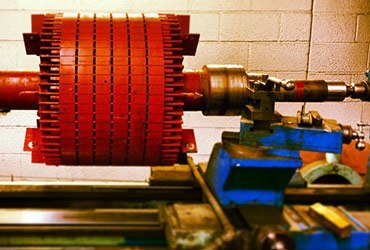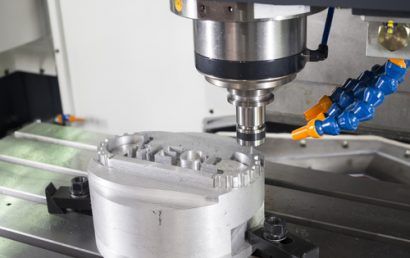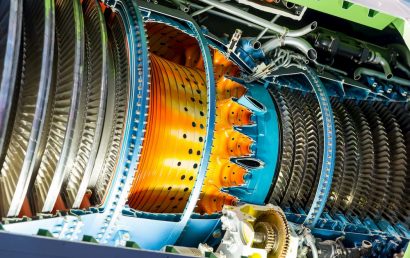Which Automotive Components Benefit From Ceramic Coatings?
To reduce friction, increase wear resistance, and improve heat shielding, automotive components are increasingly receiving ceramic coatings. Automobile engine components have varying metallurgical properties. For this reason, during engine cycling, heat can be dispersed or absorbed in different phases by various mechanical parts. Among both external and internal engine parts, temperature fluctuations must be regulated to help improve performance characteristics and horsepower. This leads to the vehicle experiencing more efficient overall operation.
Having a considerable effect on horsepower ratings and other factors, many automotive parts receive ceramic coatings. An automobile’s performance can be enhanced through the use of these coatings. Additionally, in a more compatible and uniform fashion, these coatings can assist in the interaction of metal components.
Applications of Ceramic Coatings in the Automotive Industry
Headers and exhaust manifolds are two common applications for ceramic coating solutions in the automotive industry. When a header or manifold has a ceramic coating applied, several things can happen:
- Resistance to corrosion is increased (i.e., rust)
- Greater power output
- The rate of heat loss is lowered
In the case of internal header coatings, exhaust gas speed is increased; and because a smoother surface is provided, overall turbulence is reduced.
Ceramic coatings are commonly used on the following automotive components…
Intake Manifold
A cooler mixture of fuel and air, as well as a lower level of heat penetration, are exhibited by an intake manifold with interior ceramic coatings. Heat transfer between the intake and oil can also be lowered when, to the bottom of the manifold, an oil dispersing coating is applied.
Piston Skirts
A dry sliding surface for engine start up is provided by coated piston skirts. Additionally, while moving within the engine block, coated pistons feature increased resistance to scratching and abrasion. On the piston ring, ceramic coatings can be layered to enhance wear resistance and reduce friction between the cylinder’s inner surface and the ring.
Pistons
Ceramic coatings applied to pistons can help make them more efficient. The reason for this is that detonation energy is, in part, transferred into the fuel-burning phase, while the device’s heat reflection is improved. Detonation is made more effective because carbon accumulation is reduced, and fuel-burning efficiency is heightened with ceramic coated pistons.
Cylinder Heads
While more intense burning is provided in the chamber, exhaust gas is circulated at a faster pace when exhaust ports and combustion chamber cylinder heads receive ceramic coating. To help cool the head, an additional heat dispersal coating can be applied. Coatings also improve thermal transfer between the cylinder head and the gas.
Different Ceramic Coatings For Different Jobs
Designed to focus on different tasks, specific formulations are available for ceramic coatings. These jobs can include the following:
- Oil shedding
- Corrosion resistance
- Friction resistance
- Formal resistance
Without compromising the properties of a component, while delivering a particular material characteristic, specialized coatings/formulations can be used.
A&A Coatings provides ceramic coatings for the automotive industry, as well as virtually every other industry under the sun. At some point in time, coatings come into play no matter what part of the world or industry is in question. In addition to ceramic coatings, we provide numerous other coatings for various purposes. To discover the benefits of thermal spray as it applies to your specific company or industry, contact one of our representatives today.



